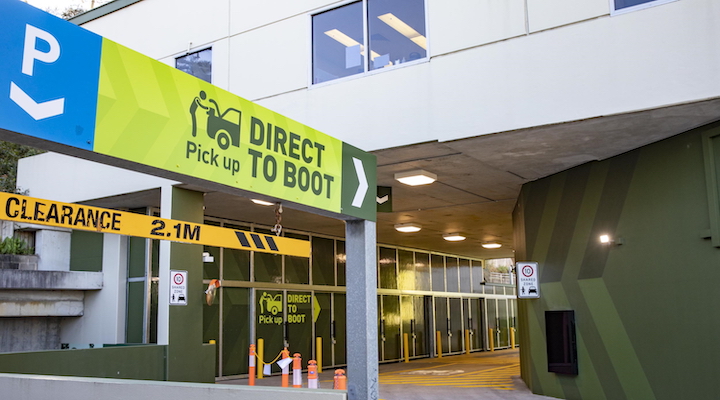E-commerce has skyrocketed since Covid hit, but now that we’re out of lockdowns, it’s clear that consumers still love physical retail.
In fact, according to research from ShopFully and Nielsen Media Analytics, 96 per cent of retailers and brands believe brick-and-mortar is still important and seven out of 10 believe that digital will never replace physical shops. In a recent webinar on the findings, the brands said in the modern era of retail on and offline retail need to work together in order to best capture the customers’ attention and serve them whenever, wherever and however they want to shop.
Why omnichannel?
At the peak of Covid, it was clear that some of the most successful retailers were omnichannel businesses, which could cater to customers, whether they wanted to shop solely from the comfort of their own home, or were happy to go in-store, but only for a short period of time, thanks to services such as reserve-in-store and click-and-collect. Since then, savvy businesses have realised that omnichannel is the future of retail.
According to Shruthi Babu, director of media analytics and consumer research at Nielsen, online is actually the first step of a consumer’s retail journey, when they are searching for products and researching them. In fact, 71 per cent of Australians go online before setting foot in-store. From there, a customer may be able to view which store a product is available, then go in to touch and feel, then perhaps, eventually purchase.
“An omnichannel strategy maximises revenue. In order to thrive in a competitive retail industry, retailers must build an omnichannel strategy that looks beyond an online-only presence. Instead, they should provide an integrated seamless experience for customers by maintaining a strong physical store presence as well as multiple online channels,” Shruthi said.
ShopFully country manager Dean Vocisano cited liquor retail giant Dan Murphy’s as offering an excellent omnichannel experience, as well as Coles and Woolworths.
“That impatient consumer inside all of us resonates well with it: ‘It’s something I want now, I can research [and reserve] it online, so when I go in-store, it’s ready to go’,” he said.
Digital catalogues
Catalogues have been around for more than 30 years in printed form and as PDFs, but these days the digital versions are an immersive experience. Brands are using digital catalogues to showcase the depth and breadth of their product range, while offering customers content and inspiration at the same time, from videos to Gifs and even styling tips and recipes, explained Vocisano. The lifestyle element of digital catalogues in particular helps to create loyalty and connections between consumers and brands.
According to the research, 56 per cent of consumers turn to catalogues to plan their store visits and the frequency of the usage of digital catalogues has increased by 31 per cent compared to last year.
Vocisano also pointed to the business benefits of digital catalogues. Unlike the offline world, where it can be challenging to collect data, digital catalogues are jam-packed with valuable insights for retailers.
“You start to understand how consumers are not only interacting with your brand from impressions and clicks, but what products are enticing them to flick through the entire catalogue experience,” he said, adding the importance of the buying metrics that retailers can access.
“It all feeds back into the business, not just from a marketing perspective, but from a merchant perspective. Am I buying the right product? Am I promoting the right products? What time of day are consumers reading it? Should I change my other channel strategies to suit?”
Proximity marketing is where it’s at
Want more customers to walk through your doors? The answer lies in proximity marketing.
“In simple words, proximity marketing is marketing to your consumers at the right place at the right time,” said Shruthi. “With 21 million smartphone users in Australia, there’s never been a better time to use location-based technologies in your advertising and marketing.”
Adding personalisation to proximity marketing is what makes it so much more powerful. According to ShopFully and Nielsen’s research, 78 per cent of retailers and manufacturers believe sending out a geo-personalised message is more effective than generic ones. Meanwhile, nearly three in five consumers actually visit a store to make a purchase after receiving a push proximity notification.
“Retailers and brands across Europe have been successfully connecting with local customers through proximity marketing for years, and it’s exciting to see the Australian industry follow suit. By narrowing in on where shoppers are in real-time, retailers and brands can direct them into physical stores to make a purchase,” said Vocisano.






